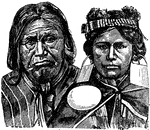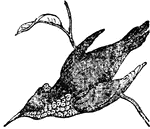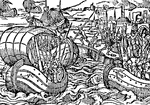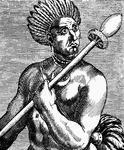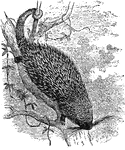Clipart tagged: ‘South America’
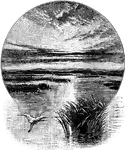
Amazon River
The Amazon River is the largest, most voluminous river on earth, having a greater total flow than the…
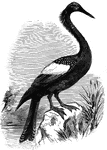
Anhinga
Also known as the snake-bird, the anhinga inhabits the freshwater areas of the South Atlantic States;…

Anthurium Splendidum Flowers
The leaves of anthurium splendidum are heart shaped. The stem is short and thick. This plant grows in…

Barnadesia Rosea
Barnadesia is a deciduous shrub; it sheds its leaves annually. Barnadesia rosea has solitary, rose colored…
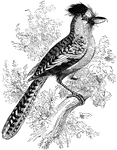
Batara
Taking its name from the Azara people of South America, the batara is the largest of the shrikes.

Bolivian Cloth
Bolivian fabric pattern sketched in the American Museum of Natural History in New York.
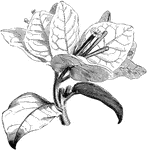
Flowering Branch of Bougainvillea Spectabillis
The bracts of bougainvillea spectabilis are a dull, brick red shaded with scarlet. Bougainvillea is…
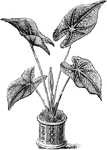
Caladium Maculatum
Caladium maculatum leaves are heart shaped at the base. The leaves are spotted with clear white. This…

Chinchilla
"Chinchilla is a genus of South American herbivorous rodents very closely allied to the rabbit, which…

Cortez and the Ambassadors of Montezuma
On November 8, 1519, Cortez reached Tenochtitlan and was graciously received by Montezuma, the Aztec…
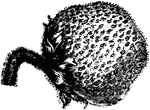
Fruit of Fragaria Chilensis
The common name of fragaria chilensis is the chili strawberry. The fruit is rose colored on the outside…

Hybrid Hippeastrums
Hippeastrums are native to tropical South America. The flowers range in color from red to white. Some…

Common iguana
A large lizard, the common iguana is common to the tropical regions of the Americas. It spends much…

Jacana
"The Jacana is a wading bird; a genus of grallatores. They are very light birds; and the wide surface…

Kinkajou
"Kinkajou is a genus of carnivorous mammals. They have prehensile tails, with which they hang on to…
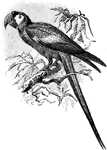
Macaw on Branch
Macaws are small to large, often colorful New World parrots. Macaws are native to Mexico, Central America,…

Peruvian Indian
"Peru is a maritime republic of South America, bounded on the N. by Ecuador, on the W. by the Pacific,…

Fork-Tailed Psalurus
Native to South America, the males of this species are known for their pair of prominent tail feathers.

Puma
The puma, also known as the cougar, panther, or mountain lion (Felis concolor) , is a large American…
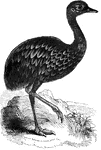
Pantagonian Rhea
Found in Southern Pantagonia, the Pantagonian rhea's plumage is of a dark, mottled color.
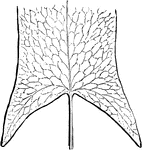
Pteris Sagittifolia
An arrow-fronded fern with blackish, long leaves. They are common between Venezuela and Brazil.

Giant Sloth
"Sloth is the popular name for any individual of the Edentate group Tardigrada, from their slow and…

Tinamou
"Tinamou is the name given to a genus and family of birds occurring in South America, and allied in…
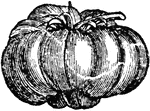
Tomato
"Tomato, or Love Apple, is a plant of the natural order Solanaceæ. It is one of a genus of several…

Tomato
"Tomato, or Love Apple, is a plant of the natural order Solanaceæ. It is one of a genus of several…
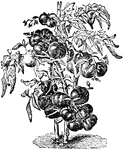
Tomato Plant
"Tomato, or Love Apple, is a plant of the natural order Solanaceæ. It is one of a genus of several…
Matamata tortoise
Primarily nocturnal, the matamata tortoise of South America feeds on small reptiles and fish.

Vicuna
"Vicuna is a native of the most elevated localities of Bolivia and northern Chile. It is very wild,…
